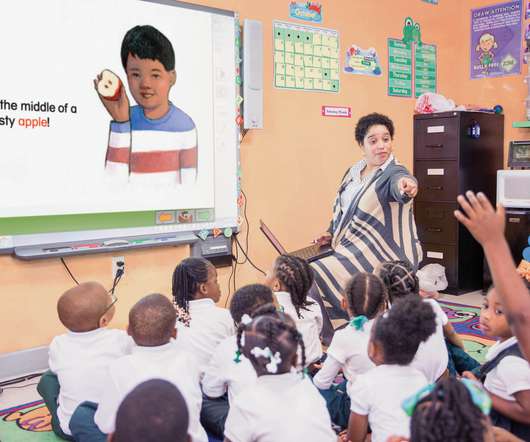Technology and Digital Media in the Classroom: A Guide for Educators
Waterford
JANUARY 23, 2020
Video clips, educational games, and virtual simulations are just a few examples of technology resources you can use to engage and educate in the classroom. This practice provides better flexibility, plus the opportunity for you to provide audio or video clips alongside homework assignments.















Let's personalize your content